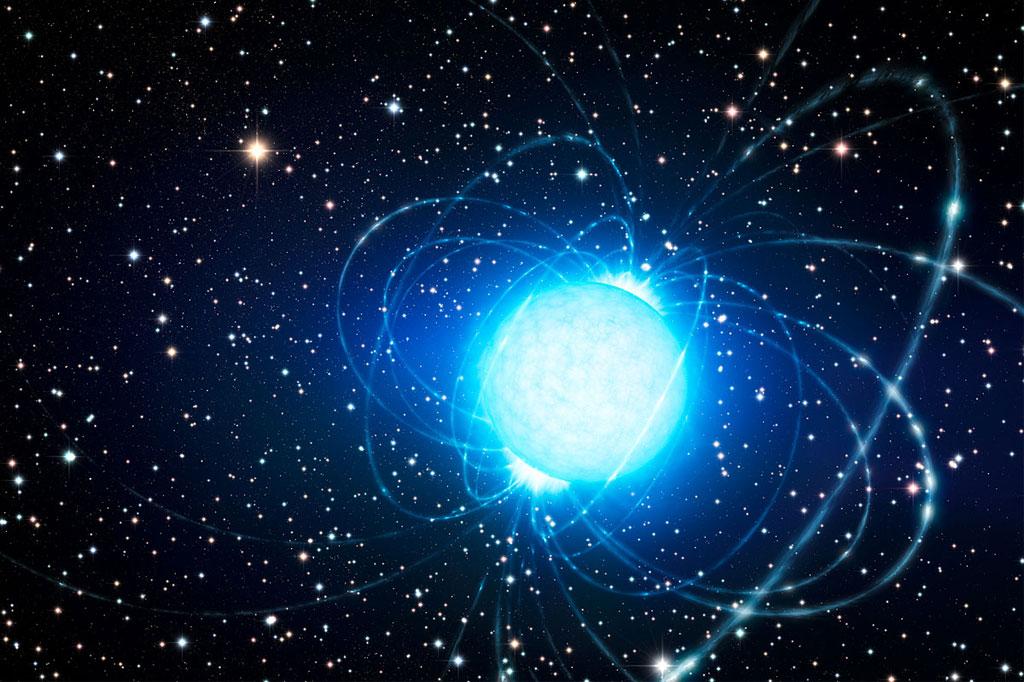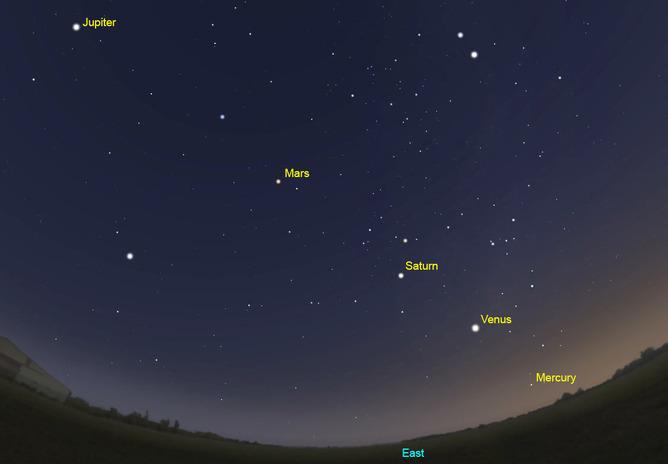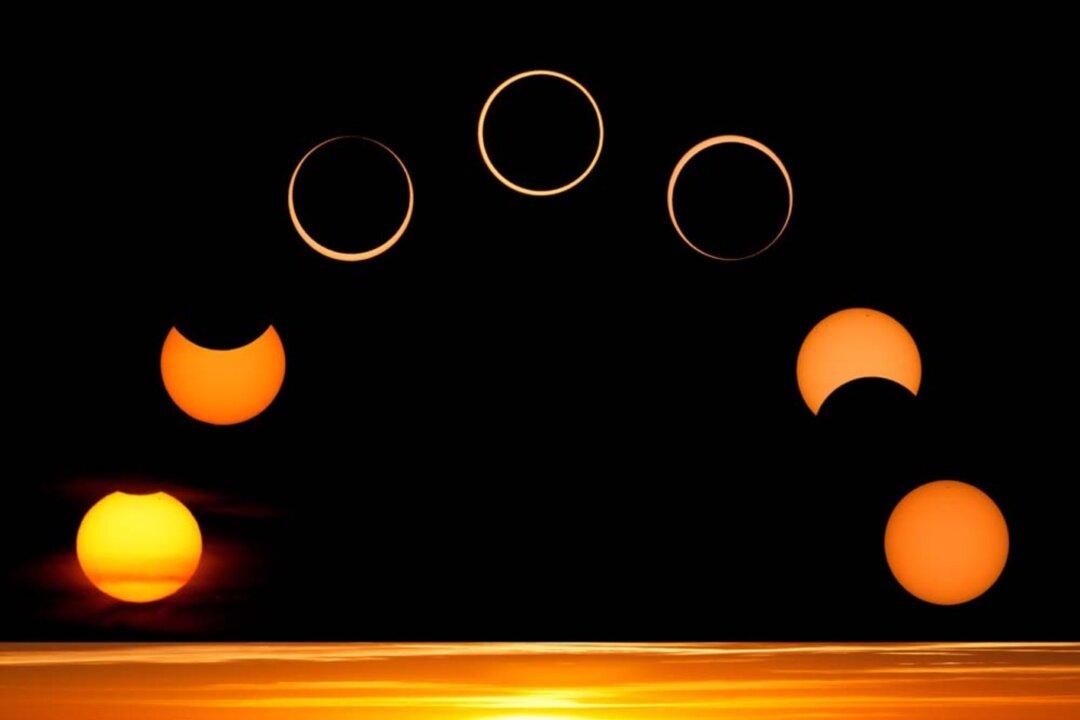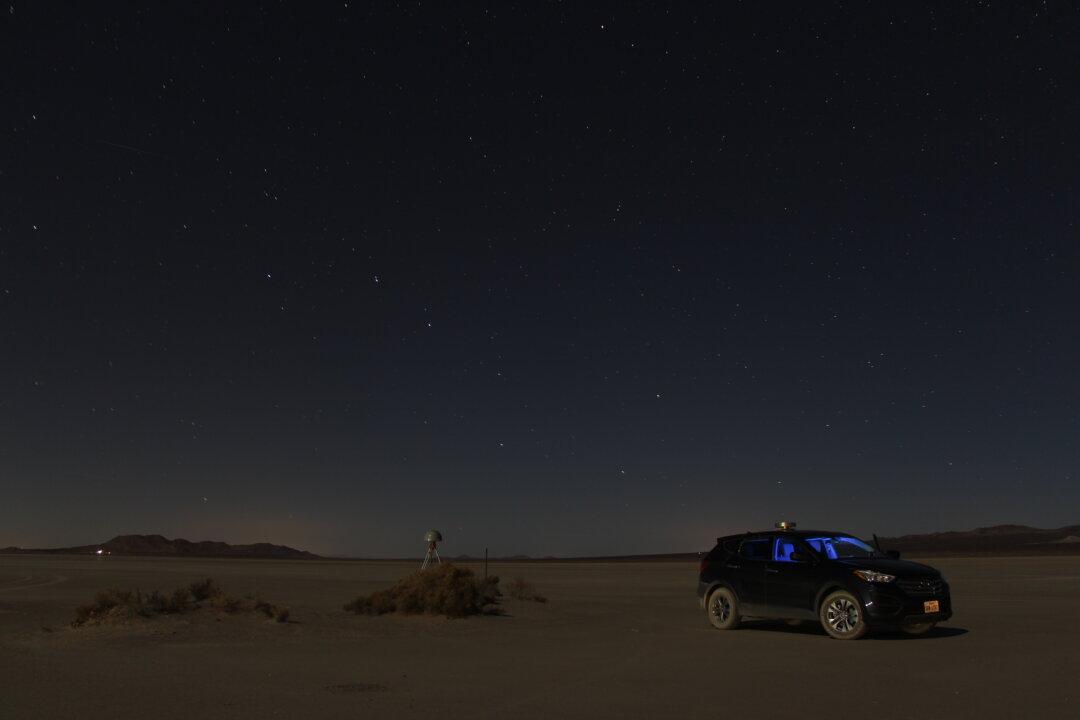Magnetars are stars that are incredibly dense, rapidly spinning, amazingly hot and—as their name suggests—are the most magnetic objects known in the universe. The magnetic field on the surface of a magnetar is 100 trillion times stronger than that here on Earth.
Now a team of astronomers led by Simon Clark at The Open University in the United Kingdom might have finally figured out how magnetars are formed. Their findings are published in the journal Astronomy and Astrophysics today.
Magnetars are an extremely rare and exotic breed of star. Of the hundreds of billions of stars in our Milky Way, there are fewer than 25 known magnetars.
These extraordinary objects push the limits of our theories of physics.
So How Do They Form?
Clark’s research involved some spectacularly painstaking forensics using one of the world’s largest telescopes, the European Southern Observatory’s aptly named Very Large Telescope.





